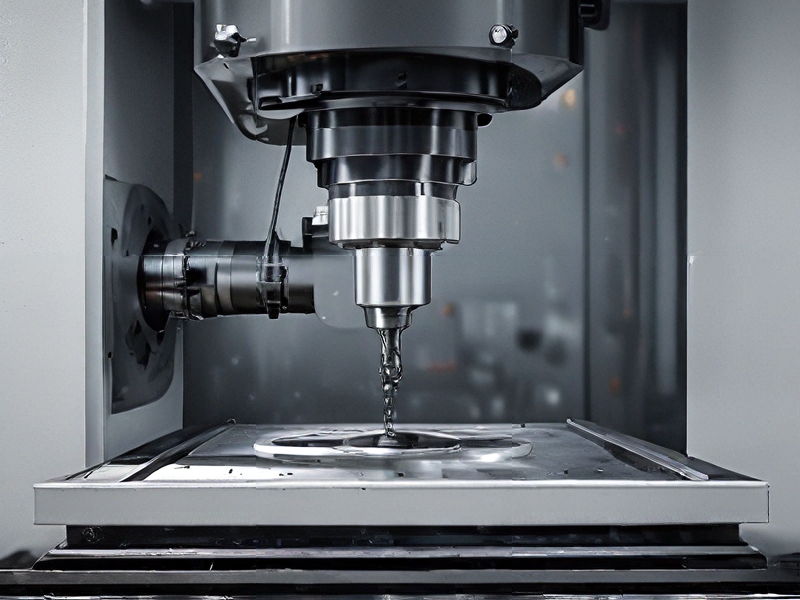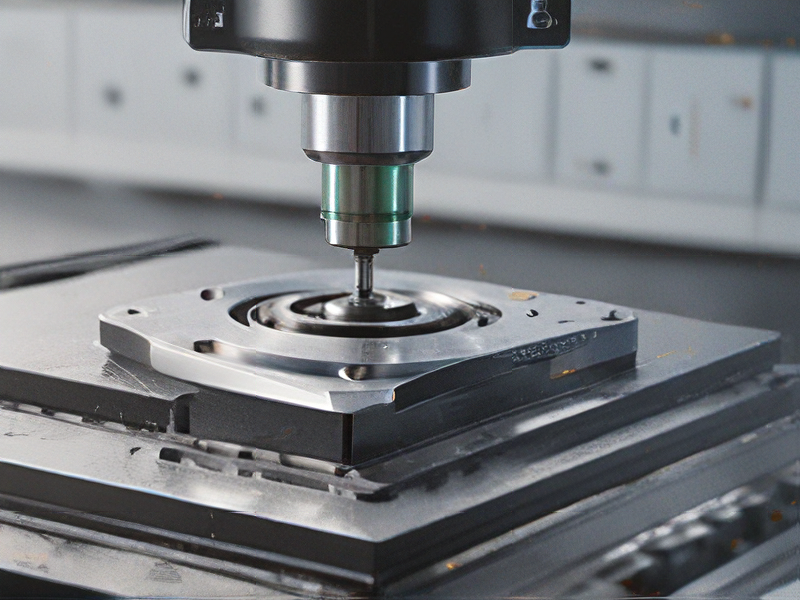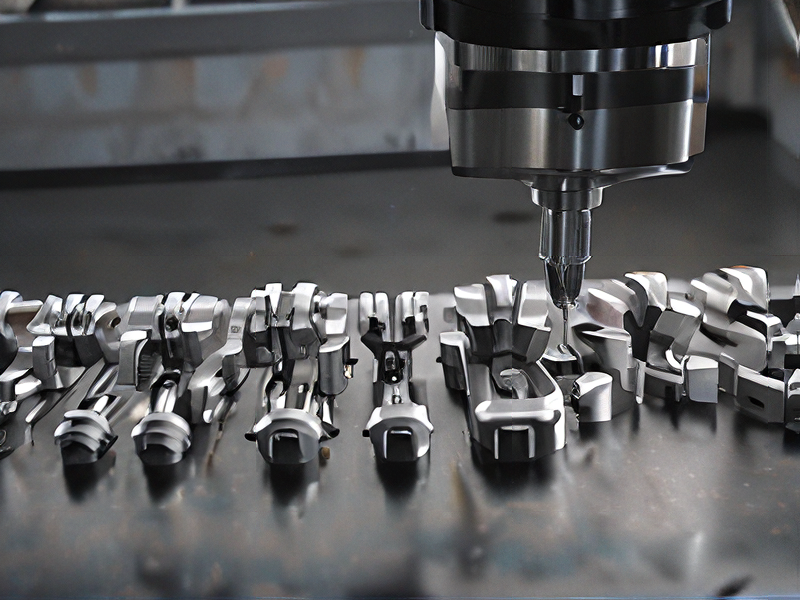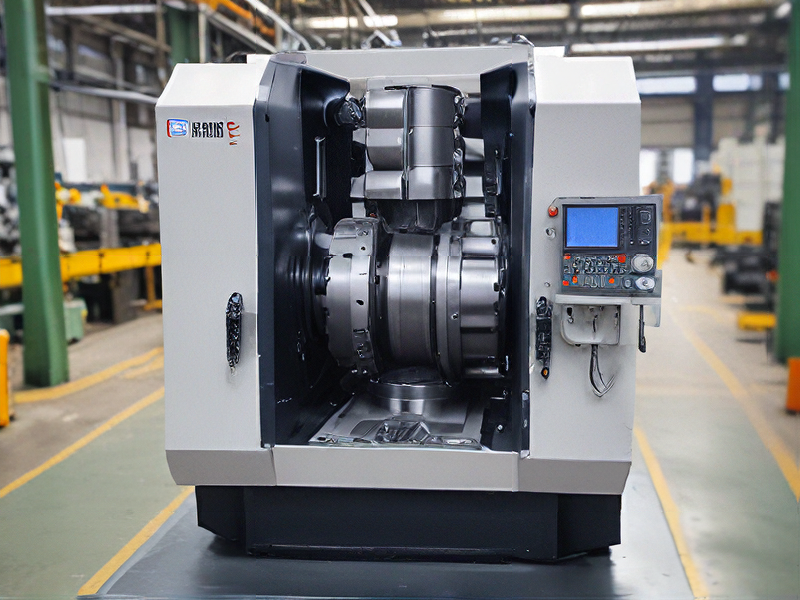Technology and Applications of machining centers
Technology and Applications of Machining Centers
Machining centers, a pivotal innovation in manufacturing, integrate multiple machining processes into a single system. These advanced machines are equipped with CNC (Computer Numerical Control) technology, allowing precise control over complex machining tasks. Key features include automatic tool changers, high-speed spindles, and multi-axis capabilities, which enable them to perform a variety of operations like milling, drilling, tapping, and boring without manual intervention.
Technologies:
1. CNC Control Systems: Ensure precision and repeatability, allowing for complex geometries and high-quality finishes.
2. Multi-Axis Machining: Typically 3, 4, or 5 axes, enabling intricate part machining from multiple angles in a single setup.
3. Automatic Tool Changers (ATCs): Minimize downtime by quickly swapping tools, enhancing productivity.
4. High-Speed Spindles: Offer increased cutting speeds and feed rates, crucial for high-volume production.
5. CAD/CAM Integration: Streamlines the design-to-production process by directly converting digital designs into machine instructions.
Applications:
1. Aerospace: Machining of complex, high-precision parts like turbine blades, structural components, and engine parts.
2. Automotive: Production of engine blocks, transmission housings, and other critical components with high accuracy and repeatability.
3. Medical Devices: Manufacture of implants, surgical instruments, and prosthetics requiring meticulous detail and stringent tolerances.
4. Electronics: Fabrication of intricate components for devices, such as heat sinks and housings, demanding high precision.
5. Tool and Die Making: Creation of molds, dies, and jigs essential for various manufacturing processes.
Machining centers revolutionize manufacturing by providing flexibility, precision, and efficiency. Their ability to handle complex and varied tasks in a single setup significantly reduces production time and costs, making them indispensable in modern manufacturing industries.

Quality Testing Methods for machining centers and how to control quality
Quality testing methods for machining centers typically involve several key approaches to ensure precision and reliability in manufacturing processes:
1. Dimensional Inspection: Utilizing precision measurement tools such as calipers, micrometers, and coordinate measuring machines (CMMs) to verify critical dimensions of machined parts against engineering drawings.
2. Surface Roughness Measurement: Assessing the surface finish of machined components using profilometers or surface roughness testers to ensure they meet specified requirements.
3. Geometric Tolerancing: Checking geometric features like flatness, perpendicularity, concentricity, and parallelism using specialized measurement equipment to ensure parts conform to geometric tolerances.
4. Functional Testing: Performing functional tests on assembled parts or components to verify their operational performance and ensure they meet functional requirements.
5. Material Analysis: Conducting material analysis using techniques such as spectroscopy or hardness testing to ensure material properties meet specified standards.
To control quality effectively:
– Establish Standard Operating Procedures (SOPs): Define clear procedures for machining operations, inspection processes, and quality checks to ensure consistency and reliability.
– Implement Statistical Process Control (SPC): Monitor machining processes using statistical tools to detect variations and maintain process stability.
– Training and Skills Development: Provide training to operators and inspectors on quality standards, inspection techniques, and equipment operation to enhance competency.
– Regular Maintenance of Equipment: Ensure machining centers and inspection equipment are well-maintained and calibrated regularly to uphold accuracy in measurements and testing.
– Continuous Improvement: Foster a culture of continuous improvement by analyzing quality data, identifying areas for enhancement, and implementing corrective actions to prevent recurrence of defects.
By integrating these methods and controls into manufacturing processes, companies can achieve higher levels of quality assurance and ensure consistent production of precision-engineered components.

Tips for Procurement and Considerations when Purchasing from machining centers
Tips for Procurement from Machining Centers
1. Define Specifications Clearly:
– Ensure detailed and precise specifications for the parts or components you need. This minimizes misunderstandings and ensures you get exactly what you require.
2. Vendor Evaluation:
– Assess the machining center’s capabilities, experience, and reputation. Look for certifications such as ISO 9001 to ensure quality standards.
3. Request for Quotations (RFQ):
– Send RFQs to multiple suppliers to compare prices, lead times, and services. Evaluate based not just on cost but also on quality, reliability, and capacity.
4. Quality Control:
– Establish strict quality control measures and ensure the supplier adheres to them. Request samples or prototypes before full-scale production.
5. Lead Time and Flexibility:
– Confirm the supplier’s lead time and their ability to accommodate urgent or large orders. Flexibility can be crucial for managing unexpected demand changes.
6. Cost Analysis:
– Conduct a thorough cost analysis, considering not only the price per unit but also shipping, handling, and potential import duties.
7. Communication and Support:
– Maintain clear and consistent communication with the supplier. Ensure they provide adequate customer support and are responsive to queries and issues.
8. Technical Expertise:
– Verify that the machining center has the technical expertise required for your specific project, including the necessary machinery and skilled personnel.
9. Contract Terms:
– Negotiate favorable contract terms, including payment conditions, delivery schedules, and penalties for non-compliance.
10. Sustainability and Ethics:
– Consider the supplier’s commitment to sustainable practices and ethical labor standards. This can impact your company’s reputation and compliance with regulations.
By adhering to these tips, you can streamline the procurement process, reduce risks, and ensure a reliable supply chain when purchasing from machining centers.

FAQs on Sourcing and Manufacturing from machining centers in China
FAQs on Sourcing and Manufacturing from Machining Centers in China
1. Why source from China?
China offers competitive pricing, vast manufacturing capabilities, and a wide range of skilled labor. This makes it an attractive option for companies looking to reduce costs and increase production efficiency.
2. What are the key benefits?
Key benefits include cost savings, access to advanced manufacturing technologies, large-scale production capabilities, and a diverse range of materials and processes.
3. How to choose the right machining center?
Evaluate the machining center based on its expertise, quality certifications (like ISO 9001), production capacity, equipment, and customer reviews. Visiting the facility can provide valuable insights.
4. What are the common machining processes available?
Chinese machining centers offer a variety of processes, including CNC milling, turning, grinding, drilling, and EDM (Electrical Discharge Machining).
5. How to ensure quality control?
Implement a robust quality control process by conducting regular audits, setting clear quality standards, and using third-party inspection services. Many centers also provide in-house quality checks and certifications.
6. What are the typical lead times?
Lead times can vary based on the complexity and volume of the order. Generally, expect 4-6 weeks for prototyping and 8-12 weeks for large-scale production.
7. How to handle intellectual property (IP) concerns?
To protect IP, use non-disclosure agreements (NDAs), register your patents and trademarks in China, and choose reputable partners with a history of respecting IP rights.
8. What are the logistics considerations?
Consider shipping costs, customs duties, and potential delays. Working with experienced freight forwarders and understanding Incoterms (International Commercial Terms) can help streamline logistics.
9. How does payment work?
Common payment terms include a 30% deposit with the balance paid upon shipment. Letters of credit (LC) and escrow services offer additional security.
10. What are the challenges?
Challenges include language barriers, cultural differences, and ensuring consistent quality. Building strong relationships and clear communication can mitigate these issues.
By understanding these key aspects, companies can effectively navigate sourcing and manufacturing from machining centers in China.

